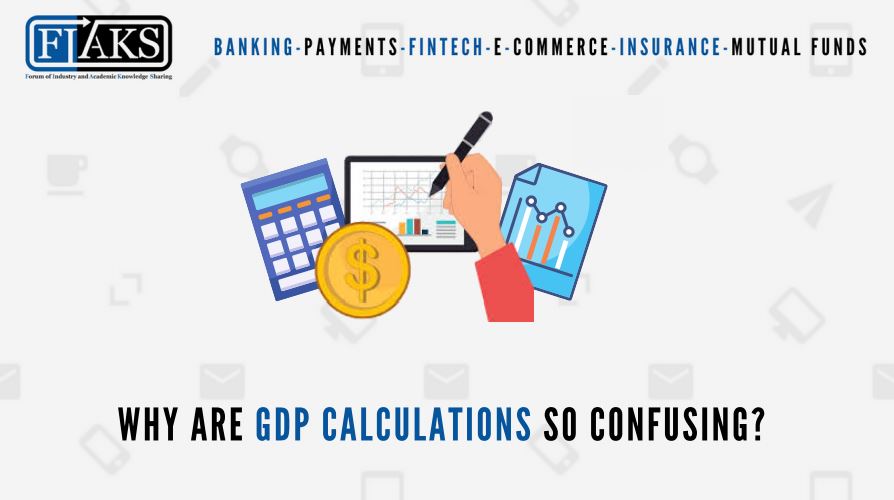Several Founders, Co-Founders, CXO Bankers, CXO Fintech professional & people who participated in the ePanel discussions:
- Mr. Arun Jain, Chairman & MD, Intellect Design Arena Ltd
- Mr. Jitendra Gupta, Founder Citrus Pay
- Mr. Probir Roy, Co-founder, Paymate
- Mr. Anil Kumar Gupta, Partner, MSC
- Mr. Niraj Gelli, Entrepreneur & Investor, Former member of Global Trust Bank
- Mr. Dhanender Chandna, Managing Director, Viren Business Solutions Pvt Ltd.
- Ms. Aishwarya Jaishankar, former SVP – Digital Products & Platforms, HSBC
- Mr. Rakesh Shetty, Product Head Micro Loans, Fortune Credit Capital Ltd
- Mr. Harveer Singh, Head- Digital Solutions (South Asia), Mastercard
- Mr. Rana Sinha Ray, Head Technology, TimesofMoney
- Mr. Digvijay Singh, Branch Head, ICICI Bank
- Mr. Vikas Kukreja, Founder, Nupay Solutions Private Limited
- Mr. Sukhdeep Singh, Former Vice President- Banking And Business Development, Oxigen Services (India) Pvt Ltd
- Mr. Vikas R Panditrao, Co-Founder, Forum of Industry and Academic Knowledge Sharing (FIAKS)
- Many other CEO/CXO Bankers & Fintech professionals on FIAKS Forum requested to remain anonymous
Here’s goes a quite interesting and insightful calculation on the GDP loss in this lockdown period put forward by FIAKS community member; He says “I studied the following data points from some group post and then validated the authenticity
- Total GDP of India is close to 200 lac crores
- Let’s assume that during lockdown we are functioning at 40% efficiency which is itself in the higher side.
- Let’s assume after the opening of a structured lockdown, the efficiency recovery happens over 3 months.
Month 1 – 60%
Month 2 – 70%
Month 3 – 85%
- Now calculate the 4 months GDP loss
A) 39 days: 200*39/365 * .60= 12.82 Lac croresB) Next 30 days: 200*30/365* .40= 6.57 Lac croresC) Next 30 days: 200*30/365* .30= 4.90 Lac croresD) Next 30 days: 200*30/365* .15= 2.45 Lac crores
Total GDP loss = 28.12 Lac crores. This amount is 14 percent negative GDP growth. While Economist are saying India will grow at least 1 to 2.5 percent. I want to understand what is wrong with the above math. If we assume math is right then is it not moving to deep depression cycle.”
Upon this several members added their respective viewpoints, let’s look at it:
- A member says, “I think what this math doesn’t consider is the subsequent months, non-essential ex shopping should bounce back items like clothing/jewelry/travel have only been pushed for later. Let’s assume 3 more months are left and demand surges at 30% in those, what will be the net impact? I will go with 1-2.5%. I think this is where the naysayers are getting it wrong. The beauty of essential services is agricultural output stays as it is, conspicuous consumption takes a hit but will bounce back in certain categories with a vengeance. So the cumulative effect of all this needs to be taken into consideration, in my mind, this is not a proper depression since this is force stopped rather than a gradual decline of economic activity. So not sure if traditional definitions of depression apply.”
- Another member stated, “Assumptions are wrong- firstly it assumes that GDP is equally distributed across months which is not true. Secondly, it also assumes that GDP is one variable but GDP consists of 3 things i.e consumer spends, the government spends, and net exports. While the assumption may be true for the first component, the government spends and net exports are not factored in working. The Government spends will increase rather and net export is not known. Hopefully, it will be better due to oil prices and lesser import from China.”
- According to another member, “We have GDP of X in year 1. It will become Y in year 2. The difference between Y and X is growth. Secondly, we don’t have equal GDP per day or months in terms of production (an output basis for GDP) or consumption (another way). Most of the consumption continues, at least for essential goods. So as demand picks up, it will recover part of the lost ground.”
- Further, a member added, “2.7 trillion is GDP. So make the following changes in math. I am assuming a steep drop post-Feb. So not V. We are at the bottom of the L. So drop is down to 15-25% range in first month. 30% second, and 50% third. It will take a good 2 – 4 quarters to get back to some semblance of normalcy. And several years for India to re-tool and deliver back to 5% growth. Let alone 8%> I hope I am wrong, But this is my sixth exogenous economic experience.”
- While most of the assumptions seem practical, one thing which may be included is that 200 crores of GDP will see some growth, one due to natural inflation plus a small boost due to the pent up demand (which will be released throughout the FY 21, mostly near the end. So the net overall growth may end up at 1 %. The cash cow sectors like agriculture will anyway provide the necessary support.
A running thriving economy brought to halt by external forces has to bounce back:

